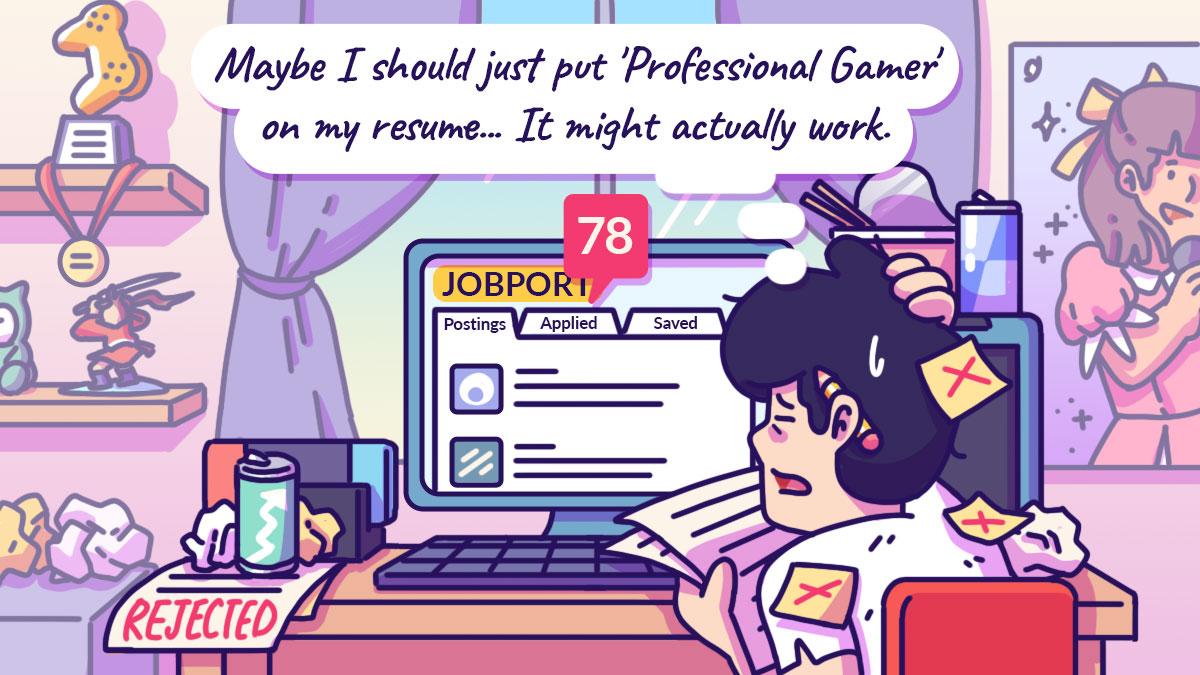As a novice investor, I’ve been putting off trading for a while, but now I think it is time.
I had valid reasons not to start. I didn’t know how to start, where to start, was scared of losing my hard-earned money.
However, I have reached my emergency fund goals recently (a wonderful milestone!) and because of that I feel more secure in testing out riskier investments while I am still young.
Before opening my first trading account, I did my due diligence and researched how to start trading as an amateur.
I would like to use this chance to share my newfound knowledge with all the first-time traders out there. However, please take this advice with caution, as I am still learning and have much more to understand.
Fresh off the boat, but well prepped
Before I registered for a trading account, I sat down and thought about my needs as a first-time trader. I wrote down the tools and features that not only provide me with consistent insights but also improve my trading knowledge. Here is my wishlist of needs as a first timer:
Wishlist 1: Training and briefings for beginners
I opted for platforms that prepare training programmes for both novice and seasoned traders. Examples include Moomoo, Webull, and Interactive Brokers, which have a large user base in Singapore, Malaysia, and the Philippines. Their comprehensive training programmes cover practical trading, stock investing guides, strategies, and ways to navigate investment risks.
Wishlist 2: Real-time market data
Keeping up with the latest market trends can be tiresome, so I was hoping to find a platform that can send me daily market updates. The markets change rapidly, so having up-to-the-second updates on the stock prices and volumes can help me make more informed decisions.
Wishlist 3: Economic and market research
Many trading platforms have also integrated a news updates feature for investors in their apps. They aggregate all the latest news about your preferred stocks and exchange traded funds (ETFs), so you don't have to rely on other third parties for the latest information.
Also, many of these apps provide Gross Domestic Product (GDP), industry, and stock performance analysis — all in one place.
Wishlist 4: Stop-loss orders
One of the key features to have for a new investor like me is the stop-loss order tool. It is an instruction given to the platform to sell a stock or any securities when it reaches a specified trigger price (set by you!). This acts as a protective tool to limit potential losses on an investment.
Watch out for the fees!
Currently, many do not require new users to pay while opening a trading account, but there are still other fees to watch out for.
Some countries require new registrants to pay a certain fee to open a new account in the country’s central depository system.
This is required if you wish to invest in the respective markets’ stock exchanges, such as Singapore Exchange (SGX) and Bursa Malaysia. It also ensures that you retain direct ownership of your investments, even if your brokerage firm goes bankrupt.
Furthermore, take note of the stock brokerage fees: charges that trading platforms collect for processing every transaction you make.
It ranges from 0.03% to 0.4% for smaller transactions, while larger ones typically cost less. For example, if I buy 10 Apple shares for $1,000, the brokerage fee of 0.4% will be applied to the transaction, resulting in a final amount of $1,004.
There are also other hidden fees, such as a clearing fee and stamp duty fee, that will be calculated in your transactions.
What happens when you open a trading account?
After I chose my preferred platform, there was a series of steps before my account was official.
The app I chose gave me a margin account, which is an account that lets you borrow money from your broker to buy more stocks than you could with just your own cash. However, beginners should avoid borrowing money in these accounts, as they still incur margin interest charges. Instead, use only your money to invest and trade wisely.
Trading used to be inaccessible to the common working class. Those who wished to trade could only invest their money through an accredited broker.
Thanks to the recent establishment of so many trading platforms, anyone (above the age of 18) can start to invest in stocks and foreign markets right now.
You can choose to trade either through a physical broker or via independent online trading platforms, where you can place trades manually. For me, I have decided to choose the latter, as it is more accessible and cost-effective for beginners like me. I can access it directly on my phone to check the markets anytime, and these platforms also provide access to both local and international markets.
Every broker will also ask you to provide this documentation to sign up for a trading account.
Documents required:
- Copy of your identity card
- Latest bank statements or pay slips
For now, I have yet to make any trades, but I am setting my sights on real estate investment trusts (REITs) or ETFs because they tend to be safer for beginners. Perhaps I will make a follow-up on my trading journey soon!











